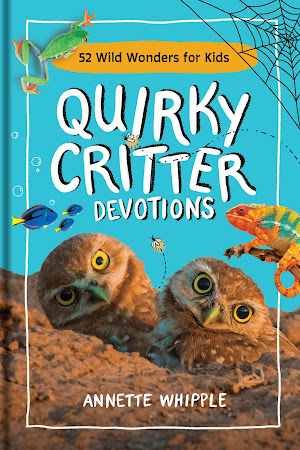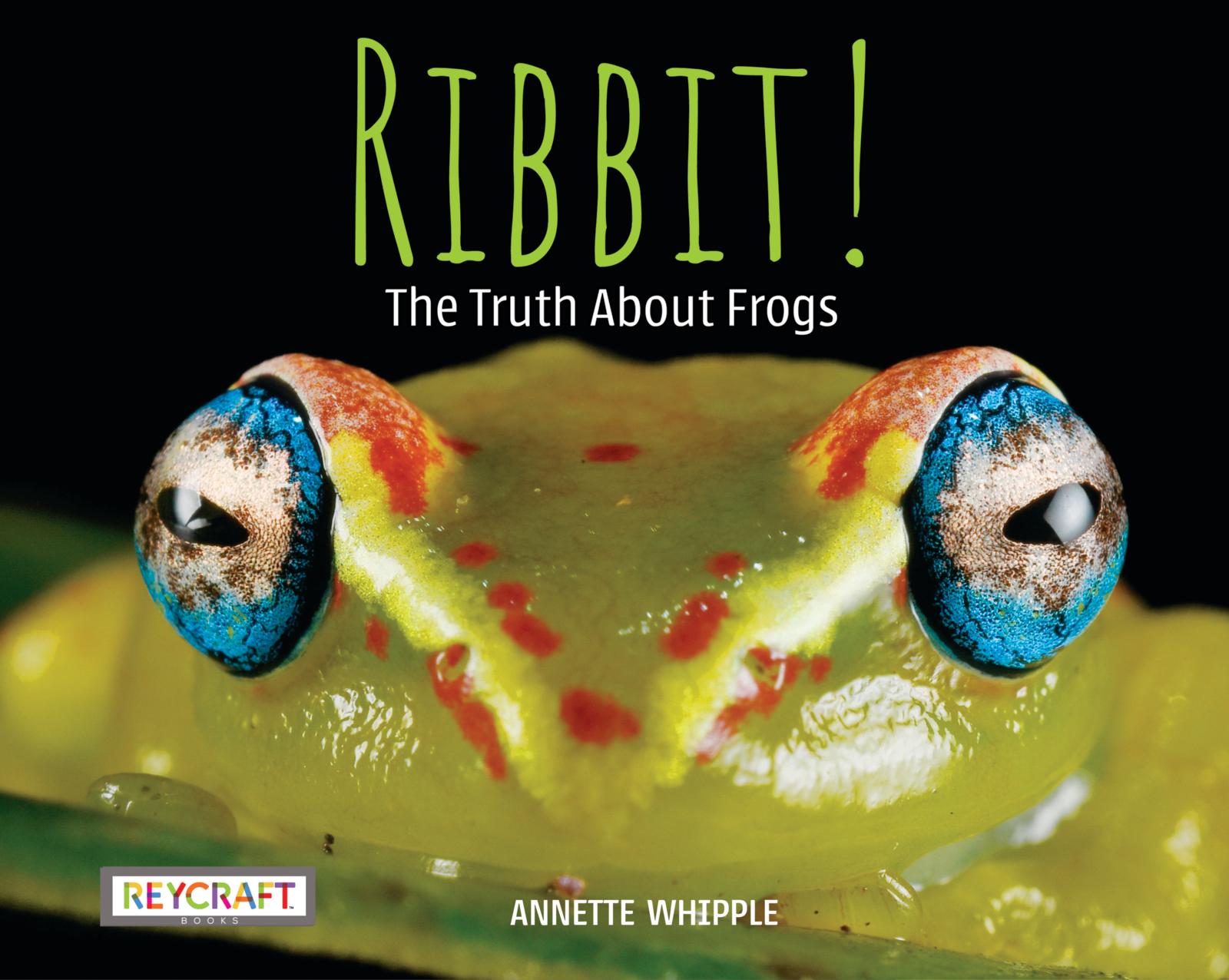Have you heard readers make the best writers? It's true. The best writers study other writers' work. Want to write well? Then study mentor texts. This is true for published and aspiring authors, freelance writers, and even student writers.
Want to write for magazines? Almost every call to submissions reminds readers to study their specific magazine. You need to know what a magazine publishes if you want to pitch the perfect story, article or filler.
Even if writers don't know the term, they often study mentor texts! That was me in 2014. I'd already been published in some magazines, but I didn't plan to write books--until inspiration struck through a mentor text.
That summer, I read C. S. Lewis's the Chronicles of Narnia series with my kids. We used a Narnia companion guide called Roar! by Heather Kopp and David Kopp (affiliate links) It wasn't long before I thought to myself that I would love to write a book like that. I had an idea. I studied Roar! and talked it over with my librarian and book-loving friend.
And then I got to work learning even more about the publishing industry and writing for children. In 2020, The Laura Ingalls Wilder Companion: A Chapter-by-Chapter Guide came out with Chicago Review Press. Like its first mentor text (there were others), it includes summaries, history, vocabulary, and activities. My Wilder Companion didn't focus on a fantasy world, so I also explored complicated issues and included Fact or Fiction sidebars. (Currently I have twelve published or contracted books, and writing for children wasn't even on my mind before inspiration struck with a mentor text.)
 |
I interviewed a few author friends. I asked them how mentor texts helped them get published. Here is just one story.
Tina M. Cho learned about the importance of comparisons and an image theme using Red Kite, Blue Kite by Ji-li Jiang and illustrated by Greg Ruth. She also typed up the words of Owl Moon by Jane Yolen. The text included lots of emotion and comparisons. It was written in free verse and used descriptive words and repitition. Tina's use of these mentor texts led to Tina's beautiful book Rice from Heaven and illustrated by Keum Jin Song.
Writers study books to add humor, craft
opening lines, or show emotion to books. Others study structure, page turns, or
cliffhanger chapter endings. Mentor texts also help writers identify and address manuscript problems to make their manuscripts more marketable.
There's so much more that can be said about mentor texts for both fiction and nonfiction writers (and for all ages). In fact, I teach a workshop about mentor texts. If it's not possible to hear me teach on mentor texts, know the bottom line is that reading to better understand what the author did in a published book will help you as a writer.


















No comments